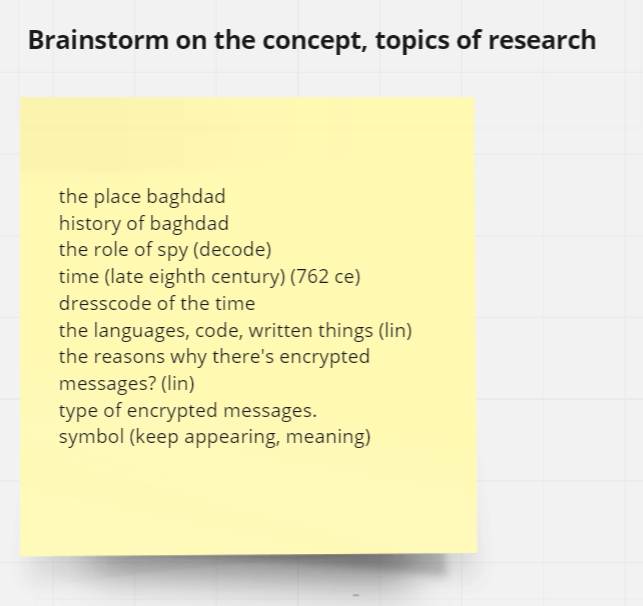DIGITAL PHOTOGRAPHY AND IMAGING - WEEK 10 TO WEEK 12
DIGITAL PHOTOGRAPHY AND IMAGING - WEEK 10 TO WEEK 12
June 2nd (WEEK 10) - June 16th (WEEK 12)
NG VEYHAN (0349223) / Bachelor of Design (Hons) in Creative Media
DIGITAL PHOTOGRAPHY AND IMAGING
WEEK 10-12 LECTURES
Lectures
WEEK 10 // Digital Photography Terms
For the lecture this week, we we taught about the basic glossary of photography and the some tips to help take better pictures, which helped jog my memory a little from the days that I was in the photography club in high school.
One such thing to consider is the exposure of the picture that would be taken. Overly high exposure would make the subject look flushed and lack any vibrant colours. This could be controlled by a two key parameters:
- The ISO of the camera determines the amount of light that is received by the sensor when taking a picture. A lower ISO is suitable for darker environments and vice versa, however an overly high ISO could lead to graininess and noise in the image.
- The Aperture of the lens controls how much light passes through the lens then into the sensor. It can also help shift the focus of the camera to a closer or further subjects, enabling the bokeh effect in photos.
(Fig 01, Thousand Yard Stare by Ng Veyhan, ~2017)
Shutter speed is also another important aspect that should be taken into account. A high shutter speed can create very still-looking images which can capture very fast movements clearly, whilst a low shutter speed can help create a blur or trail effect of the subjects movement.
WEEK 11 // Image Blending
This weeks' focus is more on the editing side of things. We were introduced to double exposure that could be used to create interesting compositions.
Textures can be placed on a layer with the overlay blending mode to make the image more interesting rather than a conventional photo. This is also a technique widely used in illustration to give artworks some flair as well.
(Fig 02, Texture Overlaying by happynews)
Another prominent example of dual exposure is the inclusion of different elements inside the silhouette of the subject which is normally translucent.
(Fig 03, Creating Dual Exposure by PHLEARN)
Tilt shifting through the use of the appropriate lens (or Photoshop) allows a blur effect to be applied on parts of the image normally in a radial shape.
(Fig 04, Tilt Shifting by StudioBinder)
Reflections can also be created through the use of double exposure, but such an effect can also be achieved in Photoshop by using blending modes.
(Fig 05, Fake Reflection by Envato)
WEEK 12 // Digital Surrealism
Surrealism is a useful too for the final project that we are to create. It focuses more on the possibilities of reality by presenting work in a manner that is believable yet something that would not be expected to exist in the real world.
When comparing realism and surrealism:
Realism mostly focuses on the mundane aspects of life, things that we are used to seeing. It has a grounded tone as the viewer is comfortable in seeing something that is normal but inhibits creativity a little as it is limited by "logic".
Surrealism instead challenges the predefined notions of common sense. Often presented in a manner similar to a dream, it opposes what we see as normal and therefore gives some avenue of thought for interpretation of the works.
Both styles of creating a piece of work is viable in its own right, however surrealism is seeing a rise in popularity as it allows the artist to express themselves more freely with a more open-ended interpretation of their work and themselves.






Comments
Post a Comment